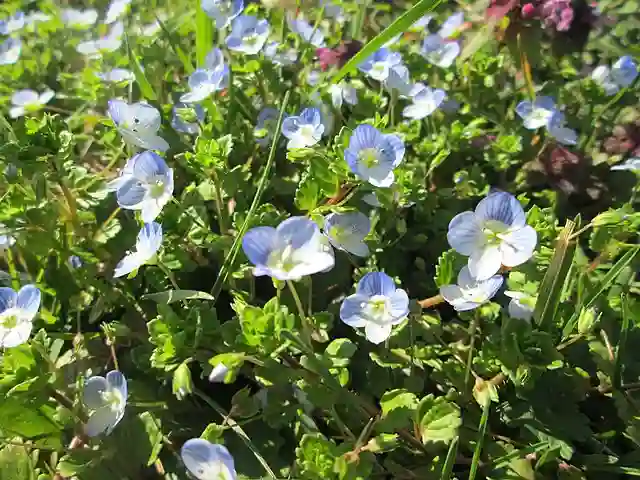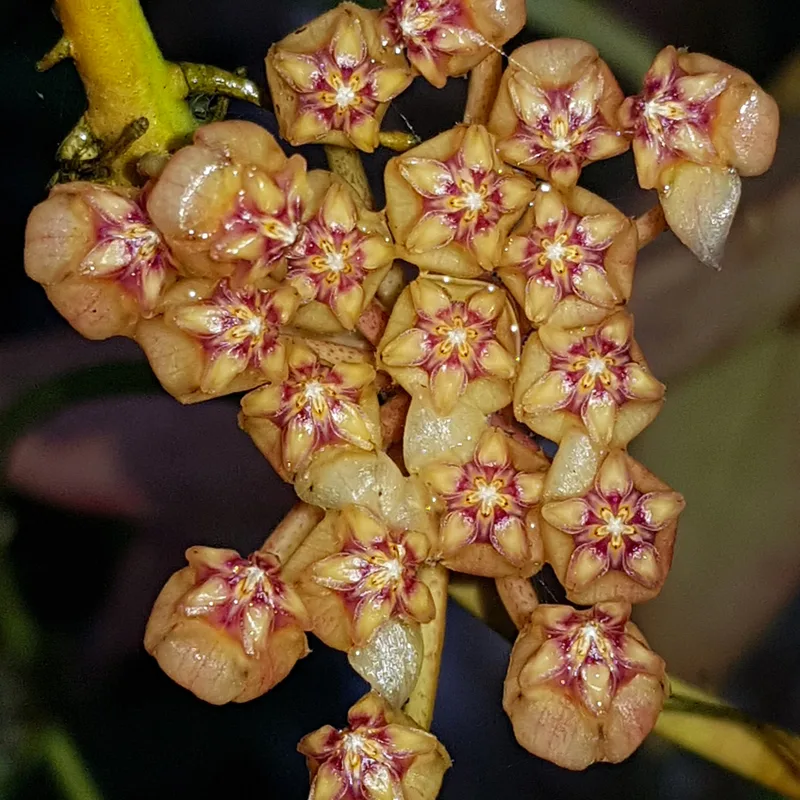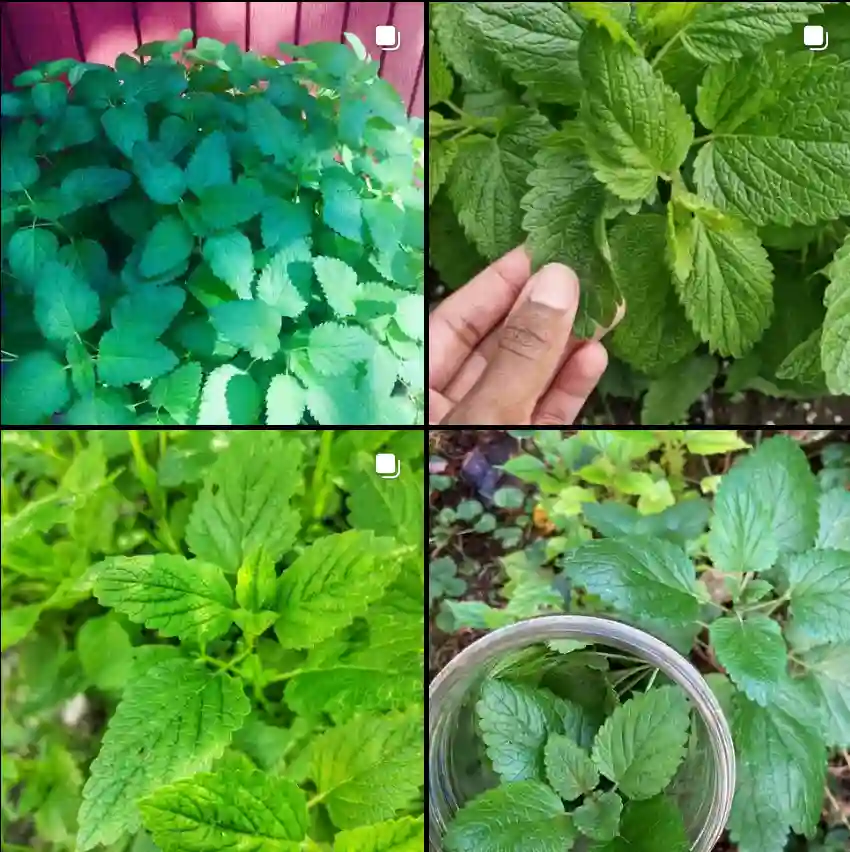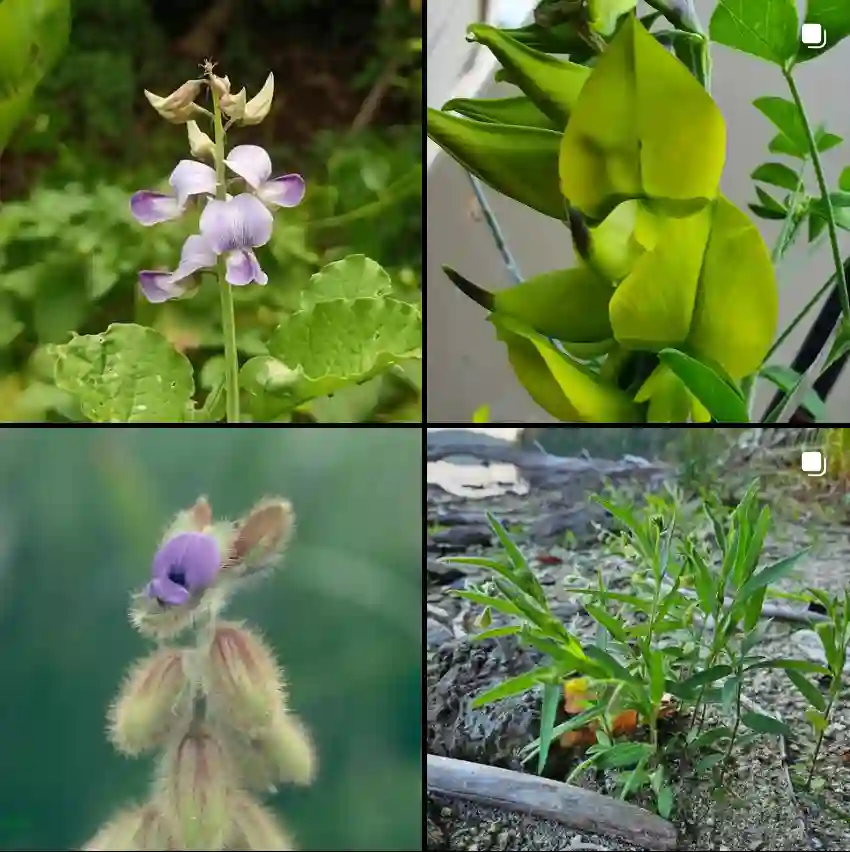FAQs About Potentilla Gracilis
Potentilla Gracilis, often known as the slender cinquefoil, has intrigued me for quite a while. Its delicate foliage and vibrant flowers make it a standout in gardens and landscapes. I’ve gathered some frequently asked questions about this plant, hoping to clarify any uncertainties and share my experiences with it.
557 Species in Genus Potentilla – Cinquefoil
What is Potentilla Gracilis?
Potentilla Gracilis is a charming perennial that belongs to the Rosaceae family. This plant is native to North America and is admired for its slender, finely divided leaves and bright, yellow flowers. The plant typically grows to about 12-18 inches in height, making it perfect for ground cover or border planting. Its compact size and prolific blooming make it a popular choice for gardeners looking to add a splash of color to their landscapes.
How to Care for Potentilla Gracilis?
Caring for Potentilla Gracilis is relatively straightforward. Here’s a guide based on my experiences:
- Sunlight: This plant thrives in full sun but can tolerate partial shade. Ideally, it should receive at least 6 hours of direct sunlight each day to promote robust growth and abundant flowering.
- Soil: Well-drained soil is crucial. Potentilla Gracilis does best in sandy or loamy soil with good drainage. Avoid heavy clay soils that retain too much moisture.
- Watering: Regular watering is essential, especially during dry spells. However, it’s important not to overwater, as this can lead to root rot. Allow the soil to dry out slightly between waterings.
- Fertilizing: A balanced fertilizer applied in early spring will support growth and flowering. I use a general-purpose fertilizer and apply it once a year to keep the plant healthy and vigorous.
- Pruning: Light pruning after the blooming period can help maintain the plant’s shape and encourage new growth. Removing spent flowers (deadheading) also promotes continuous blooming.
How to Propagate Potentilla Gracilis?
Propagation of Potentilla Gracilis can be done through seeds or division. Here’s how:
- Seeds: Sow seeds in early spring or fall. They should be planted in a seed tray filled with well-draining soil. Keep the soil moist but not waterlogged. Germination usually occurs within 2-3 weeks. Once seedlings are large enough, they can be transplanted to their permanent location.
- Division: This method is best done in early spring or late summer. Dig up mature plants and divide the root ball into smaller sections, each with roots and shoots. Replant the divisions in prepared soil and water thoroughly. Dividing plants helps rejuvenate them and can be an effective way to propagate.
What to Plant With Potentilla Gracilis?
Potentilla Gracilis pairs well with various plants due to its low-growing habit and bright flowers. Here are some of my favorite combinations:
- Lavender: The contrast between the vibrant yellow flowers of Potentilla and the purple blooms of lavender is visually striking. Both plants prefer full sun and well-drained soil, making them perfect companions.
- Sedum: The succulent foliage of Sedum complements the fine leaves of Potentilla. Sedum’s drought tolerance also pairs well with Potentilla’s moderate water needs.
- Echinacea: Coneflowers and Potentilla create a colorful, textured display in the garden. Echinacea’s tall, bold blooms contrast nicely with Potentilla’s delicate flowers.
Is Potentilla Gracilis Toxic?
Potentilla Gracilis is generally considered non-toxic to humans and pets. I haven’t encountered any issues with toxicity, making it a safe choice for gardens frequented by children or animals. However, as with all plants, it’s wise to keep them out of reach of young children and pets who might chew on leaves or flowers.
Benefits of Potentilla Gracilis
This plant offers several benefits that make it a valuable addition to any garden:
- Low Maintenance: Once established, Potentilla Gracilis requires minimal care, which is ideal for busy gardeners.
- Attractive Foliage and Flowers: Its fine-textured leaves and bright yellow flowers add beauty and interest to any landscape.
- Versatile: It works well as ground cover, in borders, or as a filler plant in containers.
Common Problems with Potentilla Gracilis
While Potentilla Gracilis is relatively trouble-free, it can occasionally face a few issues:
- Powdery Mildew: This fungal disease can affect Potentilla, especially in humid conditions. To manage it, ensure proper air circulation around the plant and avoid overhead watering.
- Root Rot: Overwatering can lead to root rot. Make sure the soil is well-drained and avoid prolonged moisture.
- Pests: Aphids and spider mites can sometimes be a nuisance. Regular inspection and appropriate treatments can keep these pests in check.
Compare Potentilla Gracilis With Other Similar Plants
Potentilla Gracilis is often compared with other Potentilla species like Potentilla Fruticosa (shrubby cinquefoil) and Potentilla Thurberi (Thurber’s cinquefoil). Here’s a brief comparison:
- Potentilla Fruticosa: Unlike Potentilla Gracilis, Potentilla Fruticosa is a larger shrub, often reaching 2-3 feet in height. It has a more robust growth habit and is suitable for hedges and larger garden spaces.
- Potentilla Thurberi: This species is more drought-tolerant and has a different flower color palette, including pink and white. It’s also more tolerant of poor soil conditions compared to Potentilla Gracilis.
In conclusion, Potentilla Gracilis is a delightful and versatile plant that can enhance any garden with its elegance and vibrant blooms. Its ease of care and adaptability make it a favorite of mine, and I hope this guide helps you appreciate it as much as I do.
If i die, water my plants!



